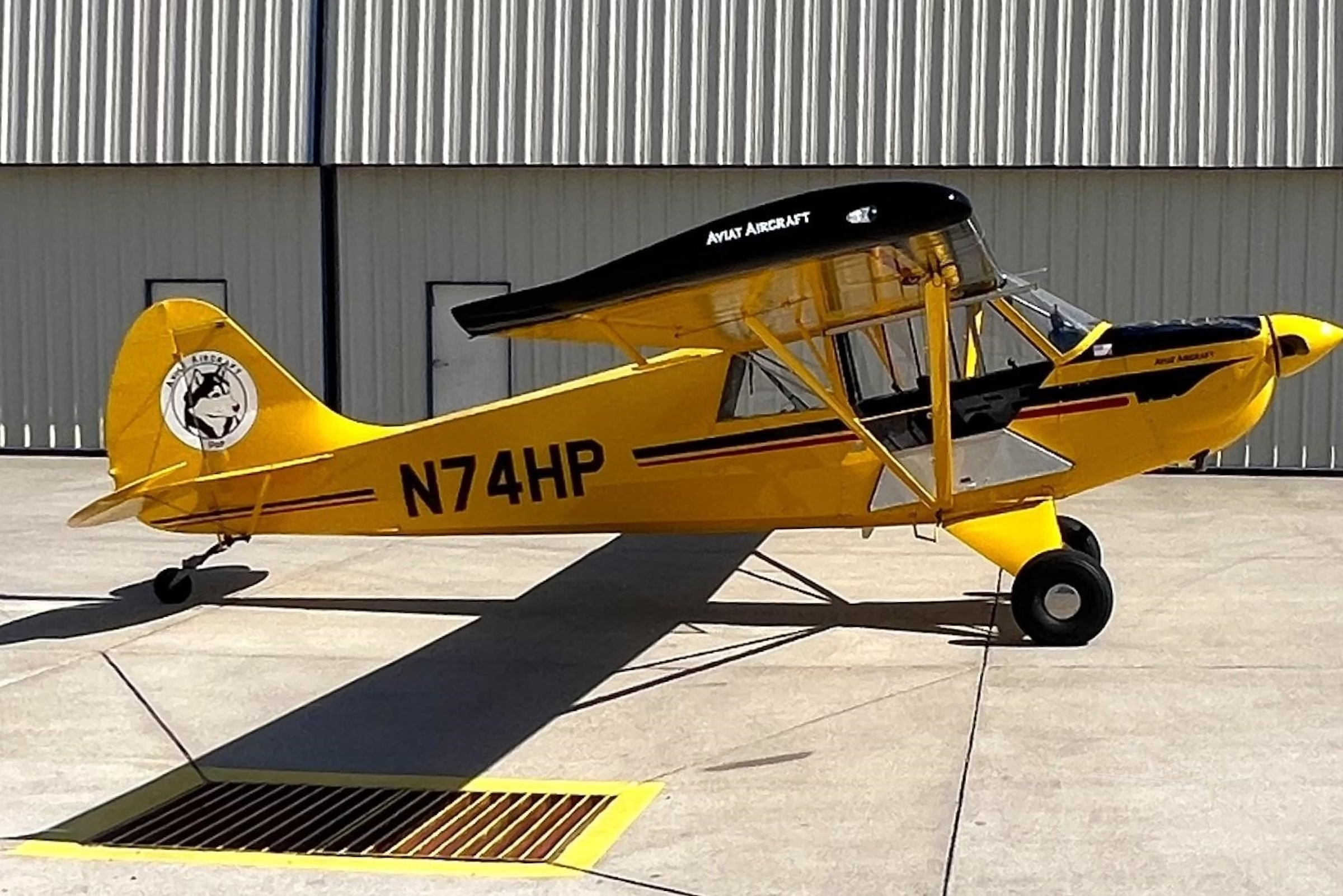Flexjet Adds GE Digital Maintenance Insight Software to Fleet
Company becomes first in the fractional jet space to incorporate this data-driven software, but how will it help them?

Flexjet joins more than 450 global customers GE Digital has partnered with. [Courtesy: Flexjet]
Fractional jet operator Flexjet has become the latest customer of GE Digital's aviation product known as Maintenance Insight. The carrier is adding the tool to the software solution it uses to process flight data, making it the first company in the fractional jet ownership space to do so.
The new software allows companies to predict and prevent disruptions and reduce maintenance costs.
Flexjet joins more than 450 global customers GE Digital has partnered with who have more than 46,000 years of flight data from more than 15,000 assets.
Before this, Flexjet announced that it would hire 350 pilots to fly the 50 new jets it will add to its fleet this year, in response to the demand for private jet travel that began earlier in the pandemic and hasn't waned since.
With the new business on the way, and its internal maintenance program, a tool like this could benefit Flexjet.
When GE announced the partnership, Flexjet chief safety officer Charles Starkowsky said his company was "enthusiastic" about the addition. He said it would lead to "superior aircraft safety, reliability, and efficiency "and build on the partnership that launched in 2019 when GE helped Flexjet implement wireless data transmission.
Starkowsky’s maintenance counterpart at Flexjet, Sal Valentino, vice president of maintenance, operations, and strategy, also said the access to real-time data would allow the company to be proactive in keeping its equipment in the air.
According to GE, the aviation industry carries in more than 4.5 billion passengers annually with roughly 100,000 commercial flights per day and is expected to generate 6 million terabytes of data in 2030. That means there is more room for predictive and prescriptive services, and if done well, it would improve safety and efficiency by reducing disruption.
How Does it Work?
According to GE Digital's product director, Luke Bowman, GE's Maintenance Insight is designed to extract the full-flight data from the airplane's sensors after a flight. The company provides ground-side software that does data analysis using an airplane's quick access recorder or flight data recorders (instead of installing new hardware).
A quick access recorder (QAR) is an airborne flight data recorder designed to provide quick and easy access to raw flight data. Many modern aircraft from OEMs like Gulfstream and Bombardier tend to have them installed, but older airplanes would need to be retrofitted with QARs.
Currently, the business and general aviation sectors lag behind the airlines in tracking this type of data because regulators haven't yet mandated it. Bowman said it would benefit operators to use tools like this, both in economics and safety
The data isn't only related to engines but the entire airframe—at least the parts that can have sensors, from an airplane’s APU to flap actuators, landing gear, and even air conditioning units. Bowman also says it is “OEM agnostic”—it works for any capable aircraft.
Regarding Maintenance Insight, large fleet operators like airlines—or large charters like Flexjet—can optimize performance and decrease inefficiencies that lead to excess fuel burn and carbon emissions. Once the solution is onboarded, operators can proactively pinpoint their top reliability challenges, helping drive insight and decisions.
"We're focused on serving any airline and business aviation customers out there,” Bowman said. “We have customers with all sorts of the mixed fleet who are using our software."
With new data generated each flight, operators can stay ahead of even scheduled maintenance events and preemptive reroute planes, if necessary, to ensure they can be serviced at maintenance hubs and avoid out-station events.
"It can be very substantial cost savings," Bowman explained, "when you can catch these things 10 to 15 flights ahead."
To see the data, customers can access a dashboard that tracks all the different airplanes in the fleet with each airplane's respective metrics. In terms of Flexjet, Bowman said, "It’ll let them monitor their assets down to an individual flight level. They'll be able to trend those assets over time, for specific measures related to specific components on the airplane—that will let them get ahead of these problems before they occur."
Is This Data’s Big Aviation Moment?
Bowman estimates that this is an exciting time for data in aviation. He would know—he's spent the better part of two decades working in flight data and was part of the Austin Digital company that GE added to its GE Aviation Services in 2012. This time, Bowman says there's a more significant appreciation for data.
"We see a trend in the industry to be able to use this flight data coming off of aircraft more broadly,” he said. “Originally this data was all used for safety—for things like accident investigations and safety analysis programs—but I think what we see now is people doing more—in fuel efficiency and maintenance.
“I think we'll continue to see a further evolution of that. It's the same data set that can tell you a lot about how your plane operates."
There's also something for pilots. Bowman hinted at GE's Flight Pulse, which launched in March 2020 and lets individual pilots see their flight data.

Sign-up for newsletters & special offers!
Get the latest FLYING stories & special offers delivered directly to your inbox






